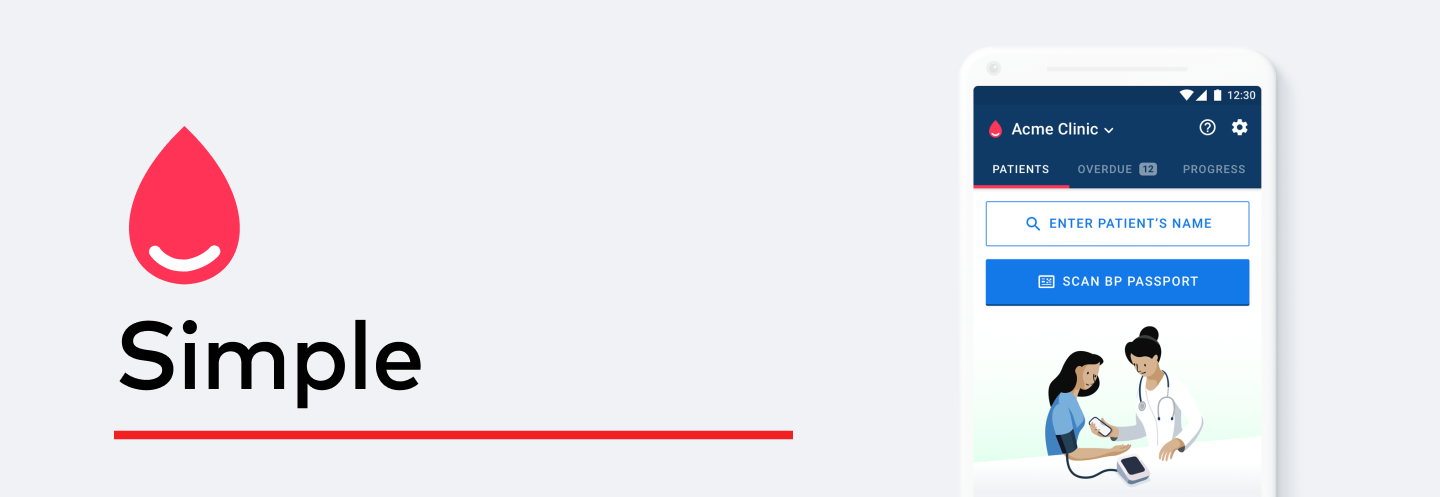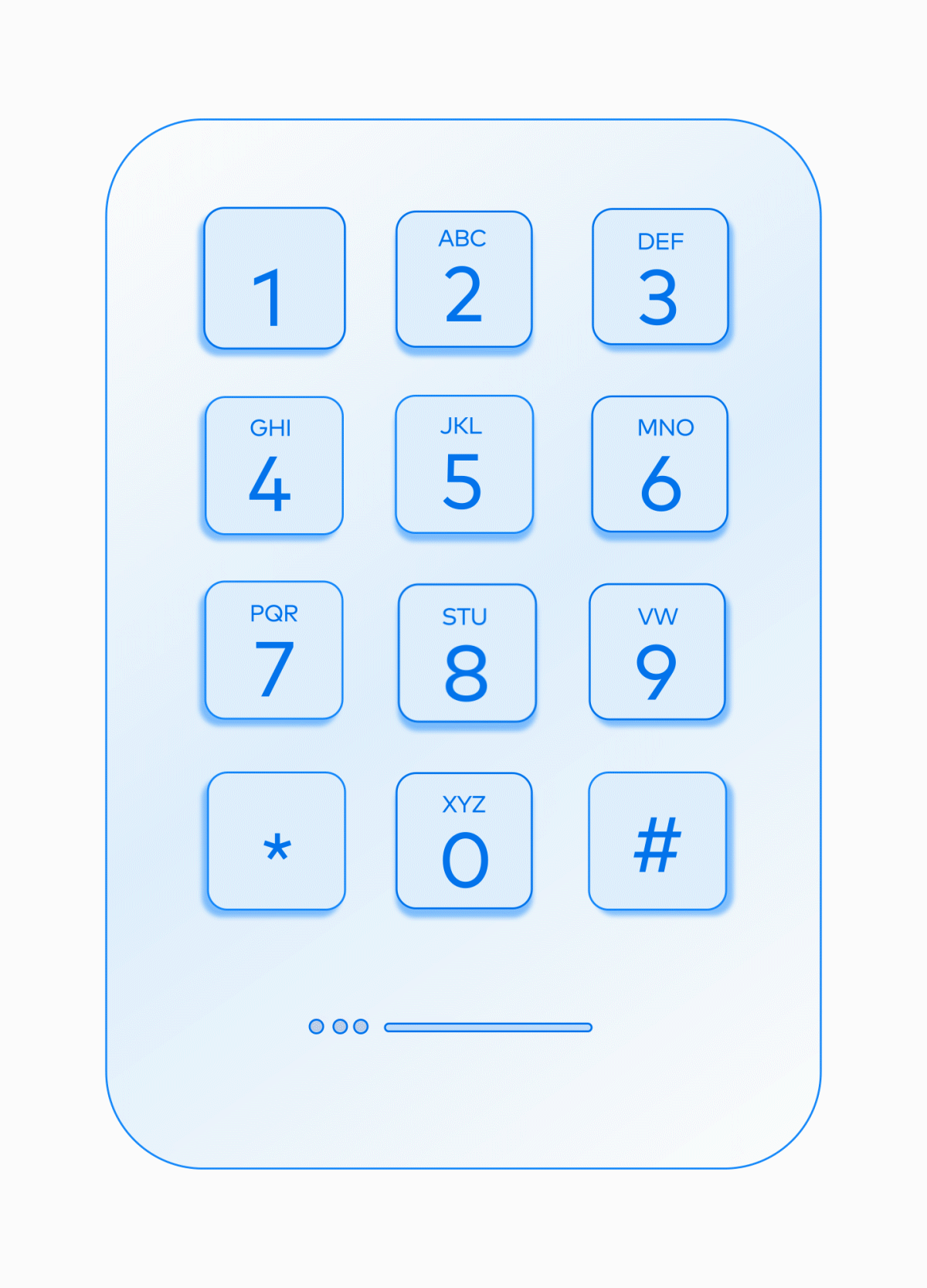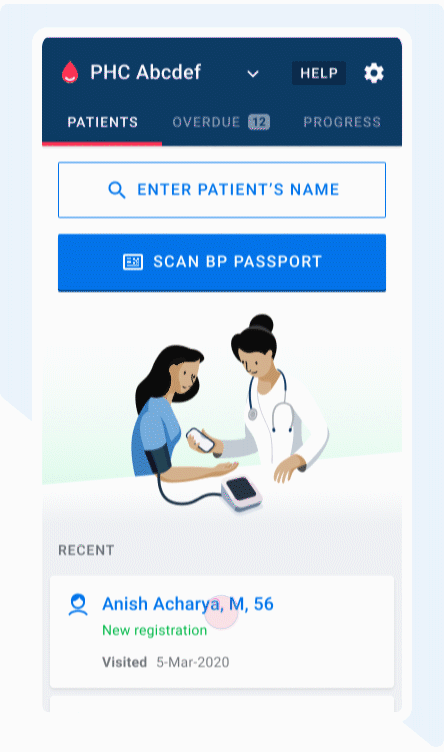
ABOUT
I collaborated with the Simple team at Obvious to publish case studies focused on providing insight into the shifting nature of the process through which we design for our communities.
![]()
Simple helps busy clinicians manage hypertensive patients by tracking their blood pressure, prescribing medications and scheduling regular follow-ups.
I collaborated with the Simple team at Obvious to publish case studies focused on providing insight into the shifting nature of the process through which we design for our communities.

ROLE
Interface Design
Branding
Documentation
TEAM
The team worked as a joint initiative of India Hypertension Control Initiative (IHCI) and Resolve to Save Lives (RTSL) — a venture of Vital Strategies that works to strengthen public health systems all over the world.
For the full case study, check out the Obvious.in website.
Interface Design
Branding
Documentation
TEAM
The team worked as a joint initiative of India Hypertension Control Initiative (IHCI) and Resolve to Save Lives (RTSL) — a venture of Vital Strategies that works to strengthen public health systems all over the world.
With a mission to save 100 million lives over the next decade, RTSL works to combat one of the most common causes of deaths in the world: hypertension.
For the full case study, check out the Obvious.in website.
OBJECTIVE
If doctors could more easily see a patient’s past blood pressure levels, they would be more effective in treating them correctly.
Monitoring Hypertension — made Simple.
If doctors could more easily see a patient’s past blood pressure levels, they would be more effective in treating them correctly.
IMPACT
Today, it is being used in 429 health facilities across rural India, managing more than 150,000 patients. With Simple, more readings get recorded, because the average entry time is just 28 seconds. Just 28 seconds and the doctor or nurse can get back to the next patient.
Today, it is being used in 429 health facilities across rural India, managing more than 150,000 patients. With Simple, more readings get recorded, because the average entry time is just 28 seconds. Just 28 seconds and the doctor or nurse can get back to the next patient.
PROCESS
User Engagement
Discovering pressing user needs to define new opportunities.IMMERSE
Immersing in user environments and conducting simulation exercises to build an easy to use offline-first app.
IDENTIFY
Identifying constraints for better nurse workflows and simplifying search for a faster patient registration experience
PRIORITISE
Prioritising and adapting research findings to build an operative patient-centric system for all conditions
Consistently immersing in user environments to navigate unique challenges
With the active support of healthcare officials and the government, the team first tackled the problem of nurses following up via phone calls and recording information manually.
This illustration demonstrates the old-school yet concrete solution of DTMF tones (Dual Tone – Multi-Frequency). As this was easy to implement and supported by most platforms, it helped the team replace traditional registers and phone calls and maintain confidentiality.
OUTCOME
Once actualised, the nurses’ phone numbers were masked and routed through a proxy.

The app dialled a toll-free number each time a nurse tried to call a patient and played the patient’s number as DTMF tones.
Identifying and removing constraints to ease the nurses’ workflow and protect patient data
With this special prototype, I studied interactions of multiple nurses to quantitatively understand whether the feature worked.
To make it easier for the nurses to access the most recently seen patients at one go, multiple solutions were explored. A “Recent” section was then designed, which sorted the list of patients by daily visits. The nurse could now scroll through the entire list of patients who visited the facility on that day and easily update their personal registers at one go. This moved their documentation efforts to the end of the day and allowed them to focus more on counselling their patients.
OUTCOME
It significantly reduced the time otherwise taken to find a previously registered patient.

Since it helped nurses find out faster if the patient was already registered, it also eased their effort on adding a new patient to the database.
Simplifying search for a faster patient registration experience on the app
The app showed search results in real-time as nurses typed in the patient's name or number. It significantly reduced the time otherwise taken to find a previously registered patient. Since it helped nurses find out faster if the patient was already registered, it also eased their effort on adding a new patient to the database.
